Fewer than half of white men and rural Americans approve of Trump in brutal new poll

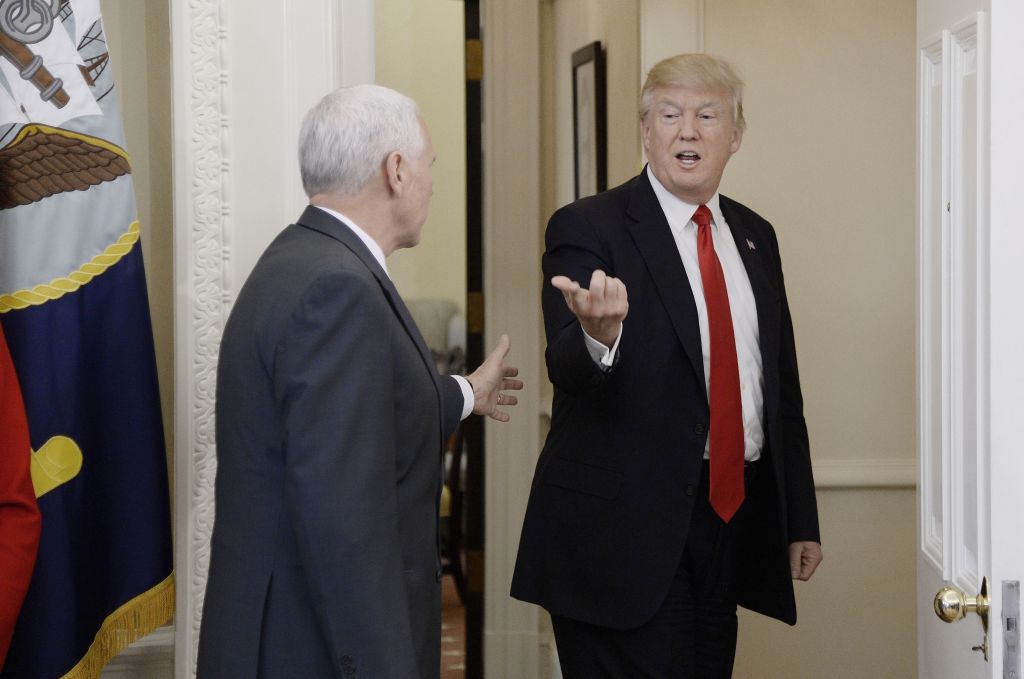
When President Trump's approval rating dropped to 35 percent in Gallup's tracking poll last week, it appeared to be something of an outlier — in other polls, Trump's approval was at 38 percent to 45 percent. But while Trump has risen back up to 38 percent in Gallup, a new poll from Investor's Business Daily and TIPP released Monday pegged his approval at 34 percent, an 11-point drop from the IBD/TIPP poll last month; 56 percent disapprove of Trump's performance. Only 49 percent of white men and 41 percent of rural Americans approve of the president. And that's just the tip of the bad-news spear in the poll, conducted March 24-30.
For example, just 37 percent of respondents rate Trump's handling of the economy as "good" or "excellent," down from 43 percent, and the GOP health-care bill he is trying to revive got a thumbs-up from only 25 percent of respondents who are paying attention, with a bare 52 percent of Republicans saying it would improve America's health-care system. Perhaps most galling for Trump, 49 percent of respondents said he is providing weak leadership for the U.S., versus 35 percent who say he's a strong leader.
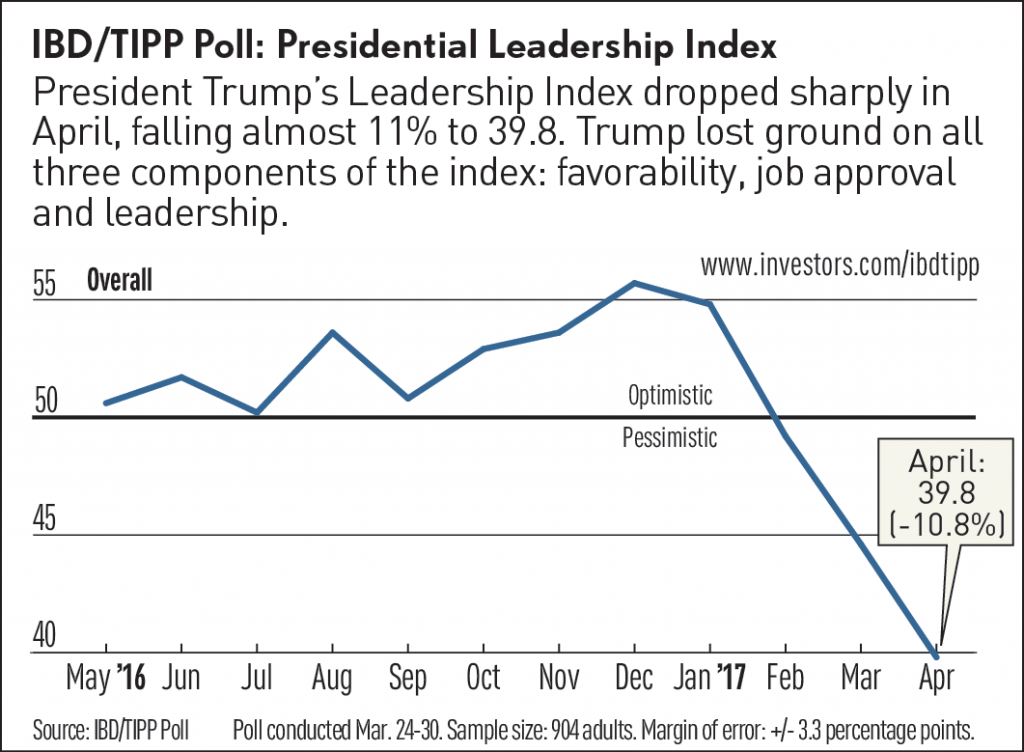
Raghavan Mayur, the head of the polling firm that conducted the survey, TechnoMetrica, blames Trump's sagging fortunes on his "ambitious agenda" running into "some obstacles in Congress," especially the failed health-care bill, plus the negative press from the Russia investigation. The poll reached 904 people and has a margin of error of ±3.3 percentage points. In the RealClearPolitics average, Trump's approval rating hovers at 40 percent, with 53 percent disapproving.
The Week
Escape your echo chamber. Get the facts behind the news, plus analysis from multiple perspectives.

Sign up for The Week's Free Newsletters
From our morning news briefing to a weekly Good News Newsletter, get the best of The Week delivered directly to your inbox.
From our morning news briefing to a weekly Good News Newsletter, get the best of The Week delivered directly to your inbox.
A free daily email with the biggest news stories of the day – and the best features from TheWeek.com
Peter has worked as a news and culture writer and editor at The Week since the site's launch in 2008. He covers politics, world affairs, religion and cultural currents. His journalism career began as a copy editor at a financial newswire and has included editorial positions at The New York Times Magazine, Facts on File, and Oregon State University.
-
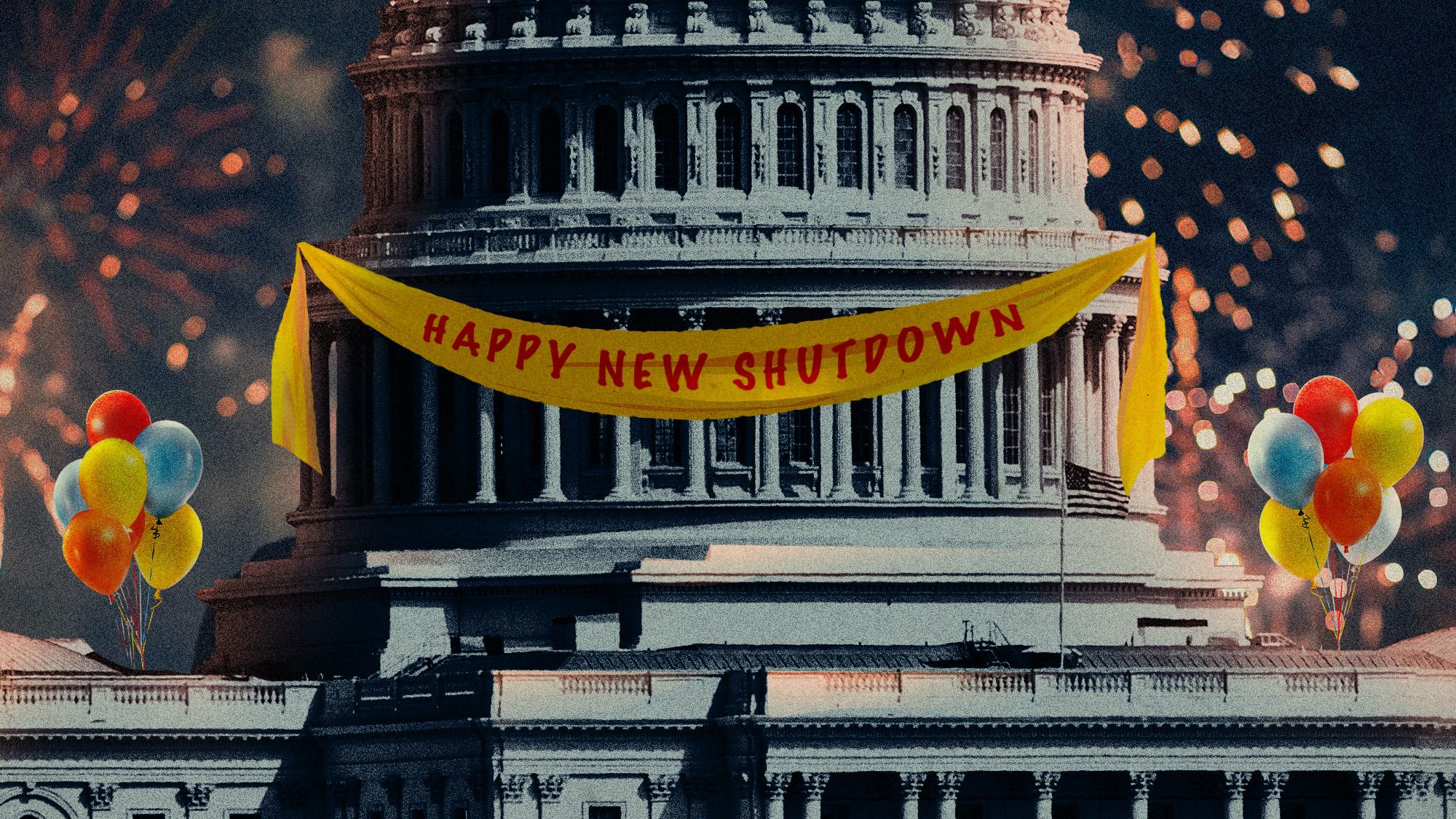 A January deadline could bring the pain all over again
A January deadline could bring the pain all over againToday’s Big Question A January deadline could bring the pain all over again
-
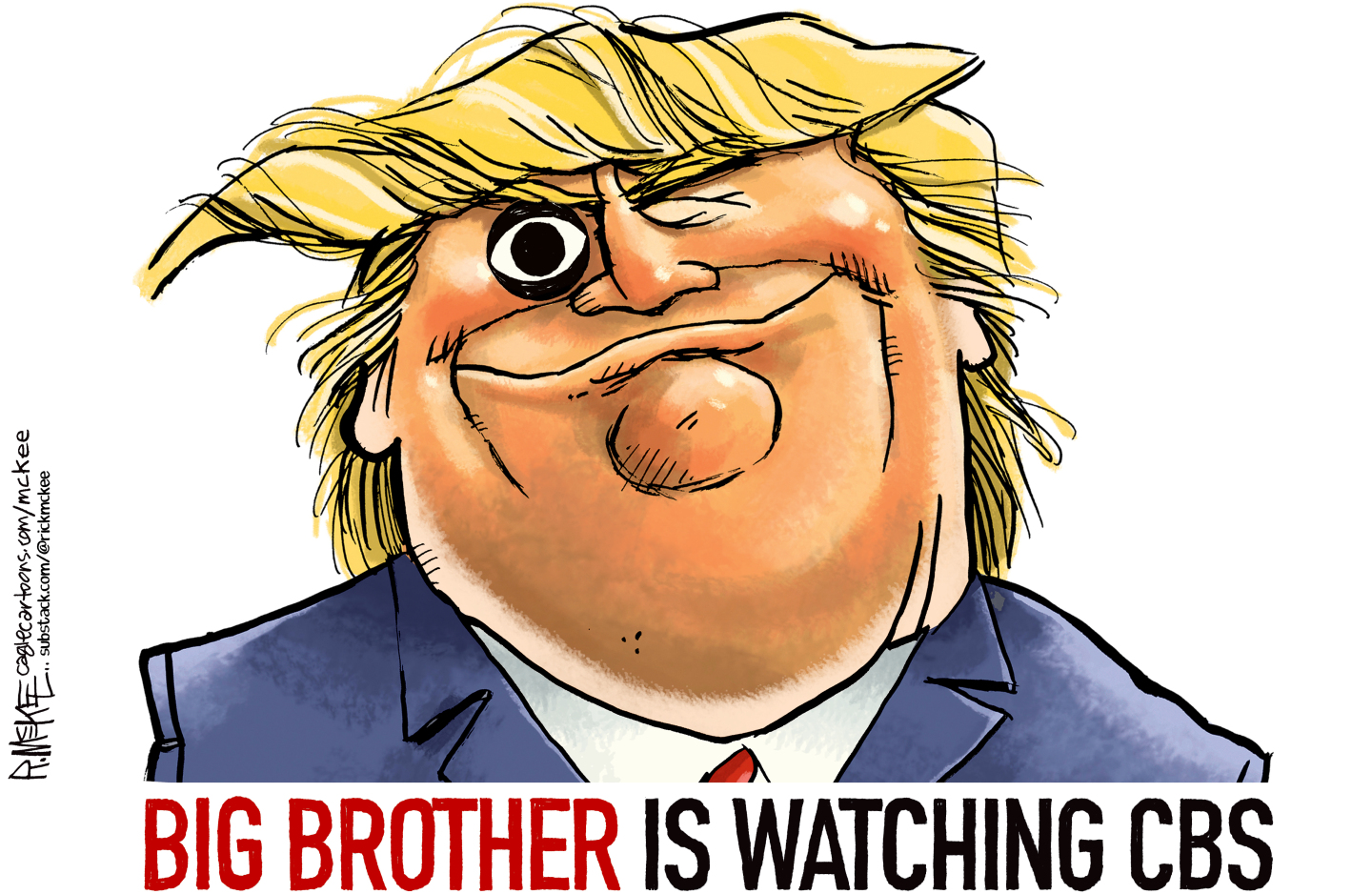 Political cartoons for December 23
Political cartoons for December 23Cartoons Tuesday's political cartoons include an eye on CBS, cracking the middle class, and Donald Trump's name on everything
-
 Is Keir Starmer being hoodwinked by China?
Is Keir Starmer being hoodwinked by China?Today's Big Question PM’s attempt to separate politics and security from trade and business is ‘naïve’
-
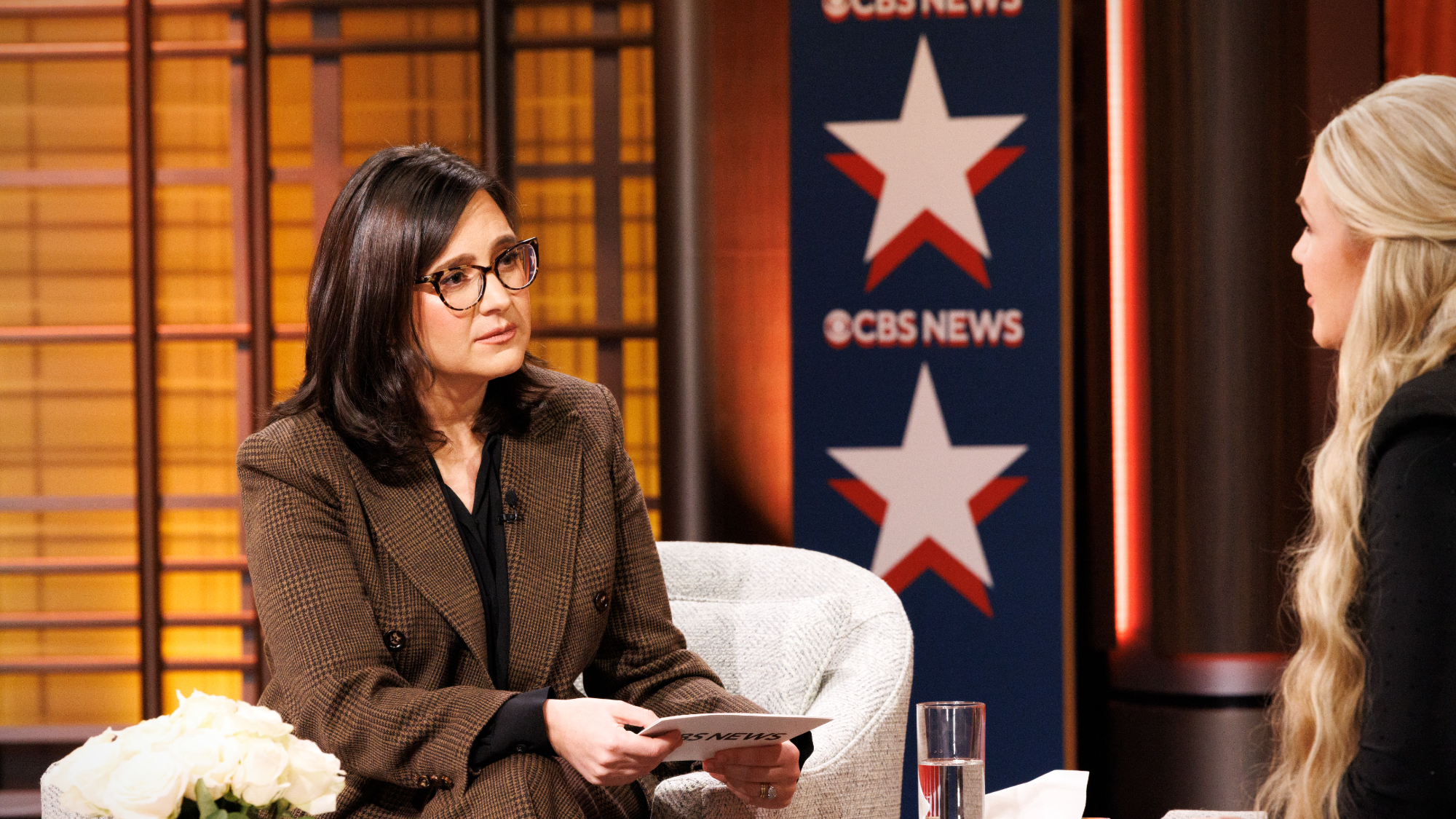 CBS pulls ‘60 Minutes’ report on Trump deportees
CBS pulls ‘60 Minutes’ report on Trump deporteesSpeed Read An investigation into the deportations of Venezuelan migrants to El Salvador’s notorious prison was scrapped
-
 Trump administration posts sliver of Epstein files
Trump administration posts sliver of Epstein filesSpeed Read Many of the Justice Department documents were heavily redacted, though new photos of both Donald Trump and Bill Clinton emerged
-
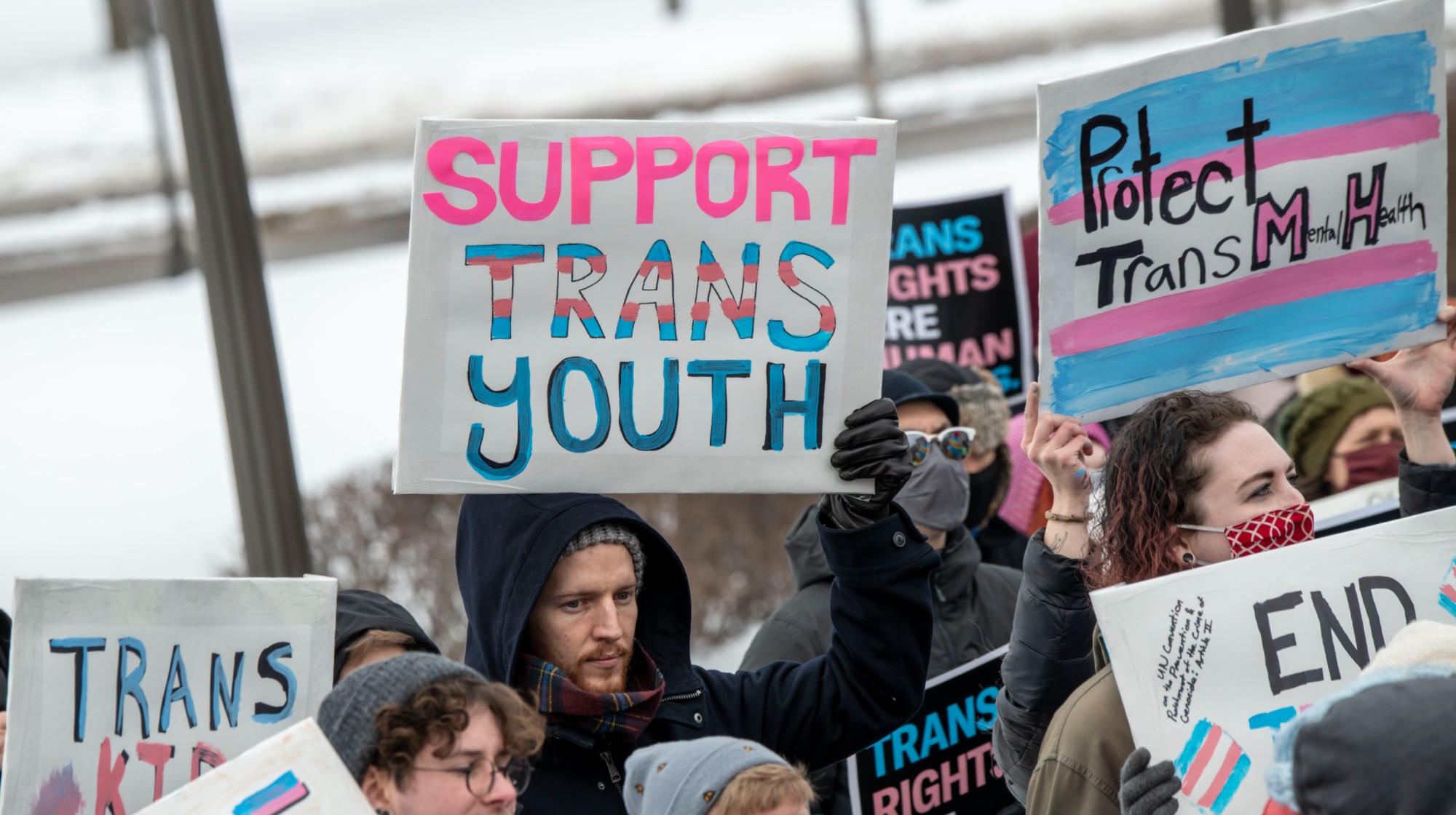 Trump HHS moves to end care for trans youth
Trump HHS moves to end care for trans youthSpeed Read The administration is making sweeping proposals that would eliminate gender-affirming care for Americans under age 18
-
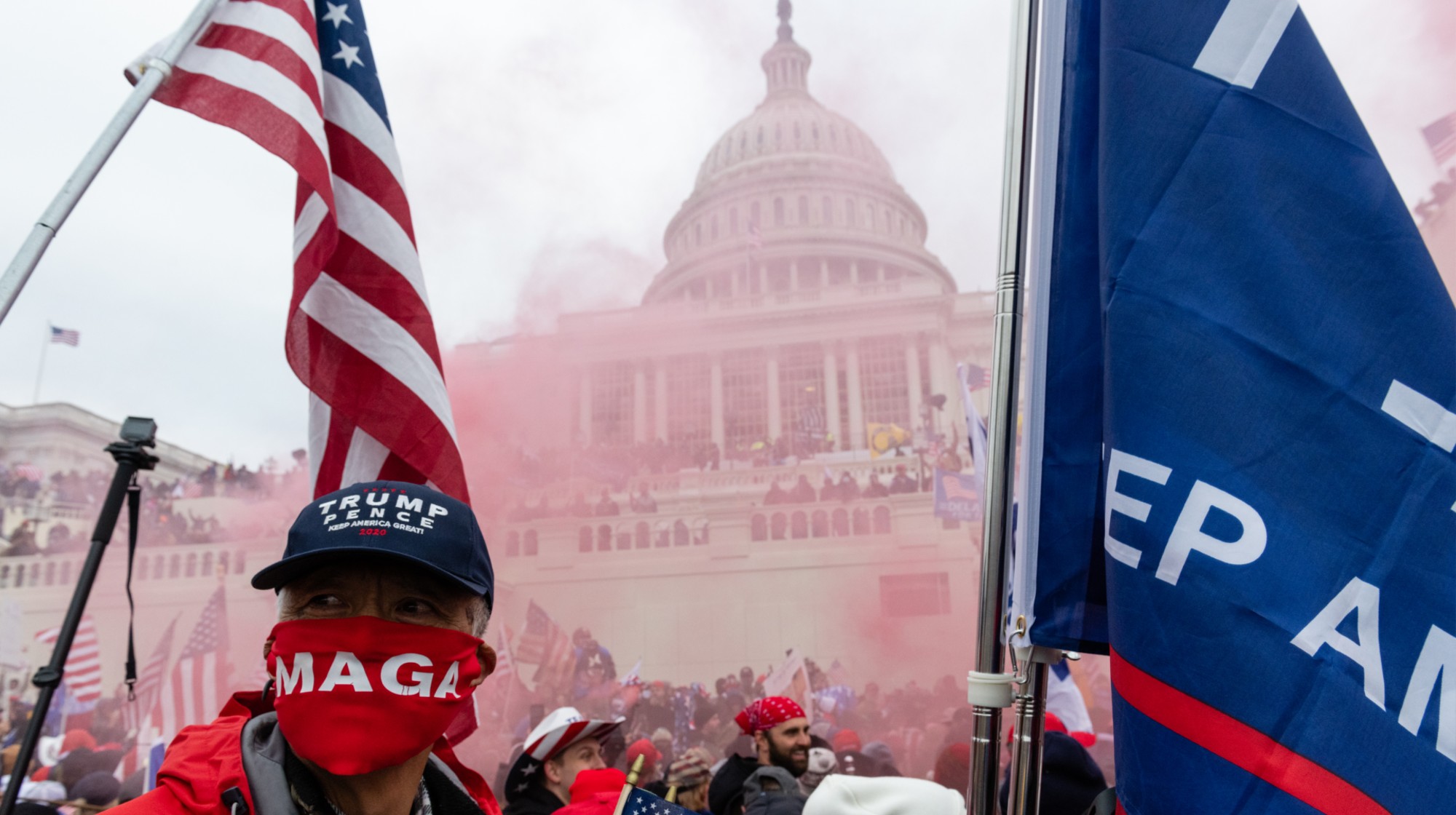 Jack Smith tells House of ‘proof’ of Trump’s crimes
Jack Smith tells House of ‘proof’ of Trump’s crimesSpeed Read President Donald Trump ‘engaged in a criminal scheme to overturn the results of the 2020 presidential election,’ hoarded classified documents and ‘repeatedly tried to obstruct justice’
-
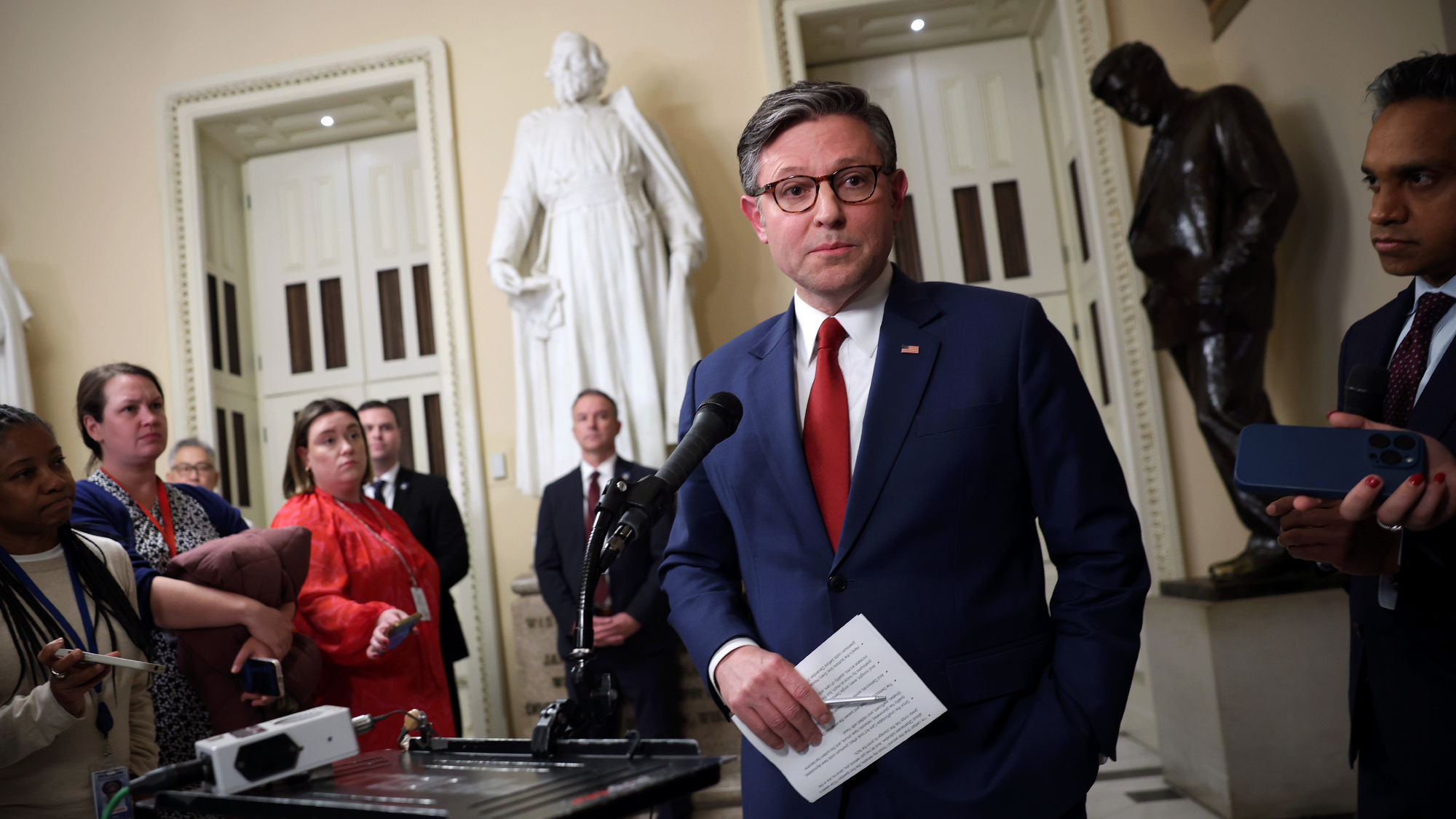 House GOP revolt forces vote on ACA subsidies
House GOP revolt forces vote on ACA subsidiesSpeed Read The new health care bill would lower some costs but not extend expiring Affordable Care Act subsidies
-
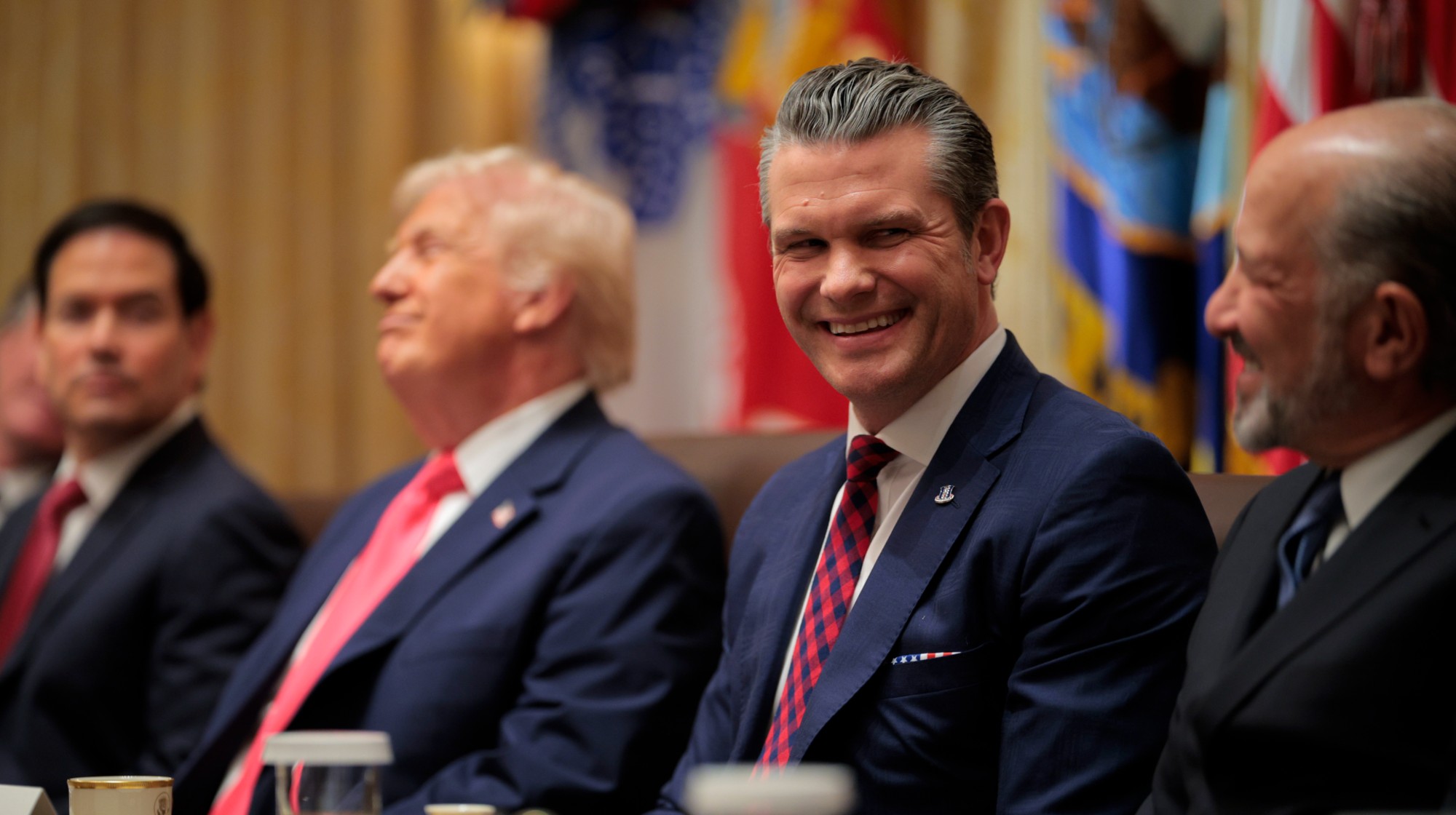 Hegseth rejects release of full boat strike footage
Hegseth rejects release of full boat strike footageSpeed Read There are calls to release video of the military killing two survivors of a Sept. 2 missile strike on an alleged drug trafficking boat
-
 Trump vows naval blockade of most Venezuelan oil
Trump vows naval blockade of most Venezuelan oilSpeed Read The announcement further escalates pressure on President Nicolás Maduro
-
 Kushner drops Trump hotel project in Serbia
Kushner drops Trump hotel project in SerbiaSpeed Read Affinity Partners pulled out of a deal to finance a Trump-branded development in Belgrade
